Historical images
| What happened this month | Image | Title | Description | Posted |
|---|---|---|---|---|
| This month 37 years ago… | 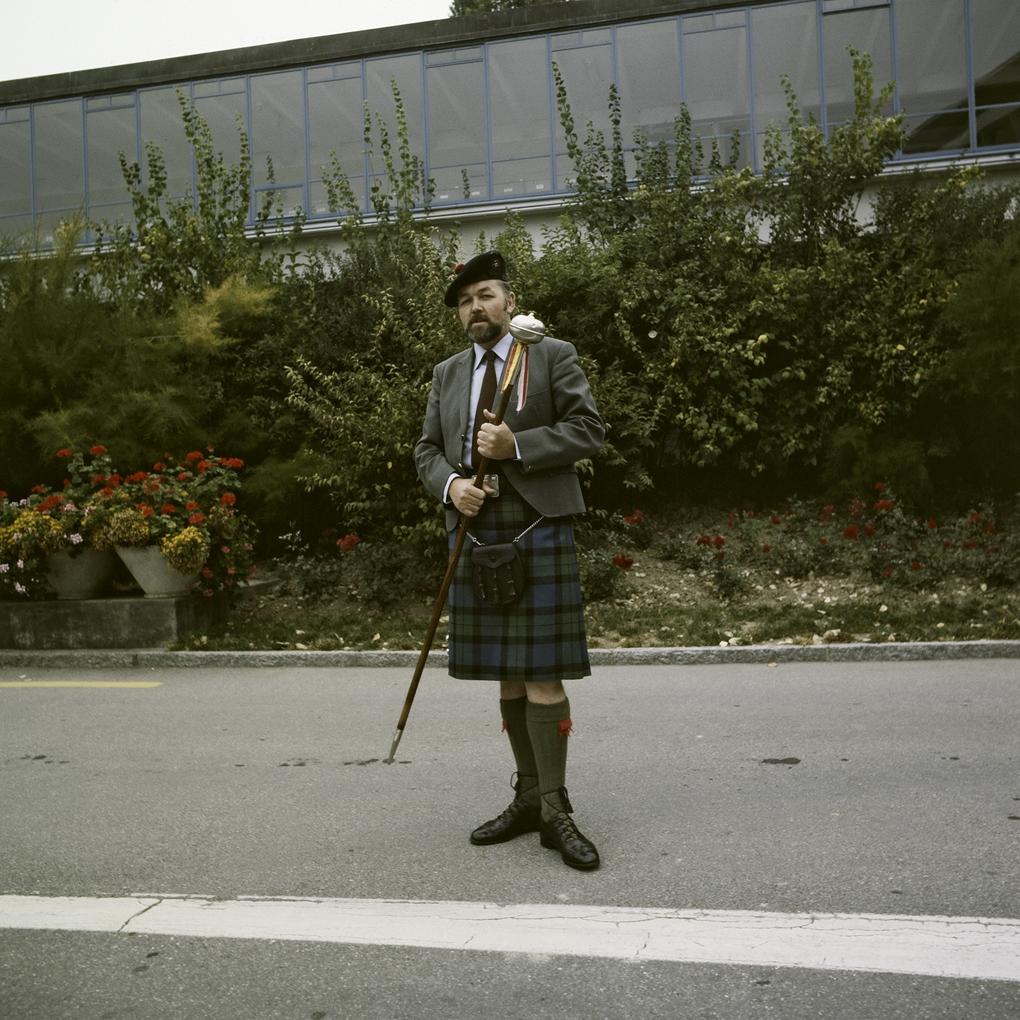
|
29 September 1979 - CERN Staff Day | Official 25th anniversary celebrations were held on 25 June, but the fun and games happened on CERN’s real birthday, 29 September. As well as sports, sideshows, films, and Genevan Pipes and Drums, there was Happy Birthday, CERN, written and recorded for the occasion at Fermilab. Verse three goes like this: “Here's the toast we're proposing: If you can bear to read more, scroll down to page four here - and take a look at one of one of the star attractions at the same time: the Fire Brigade’s 20-metre rescue chute. |
|
| This month 48 years ago… | 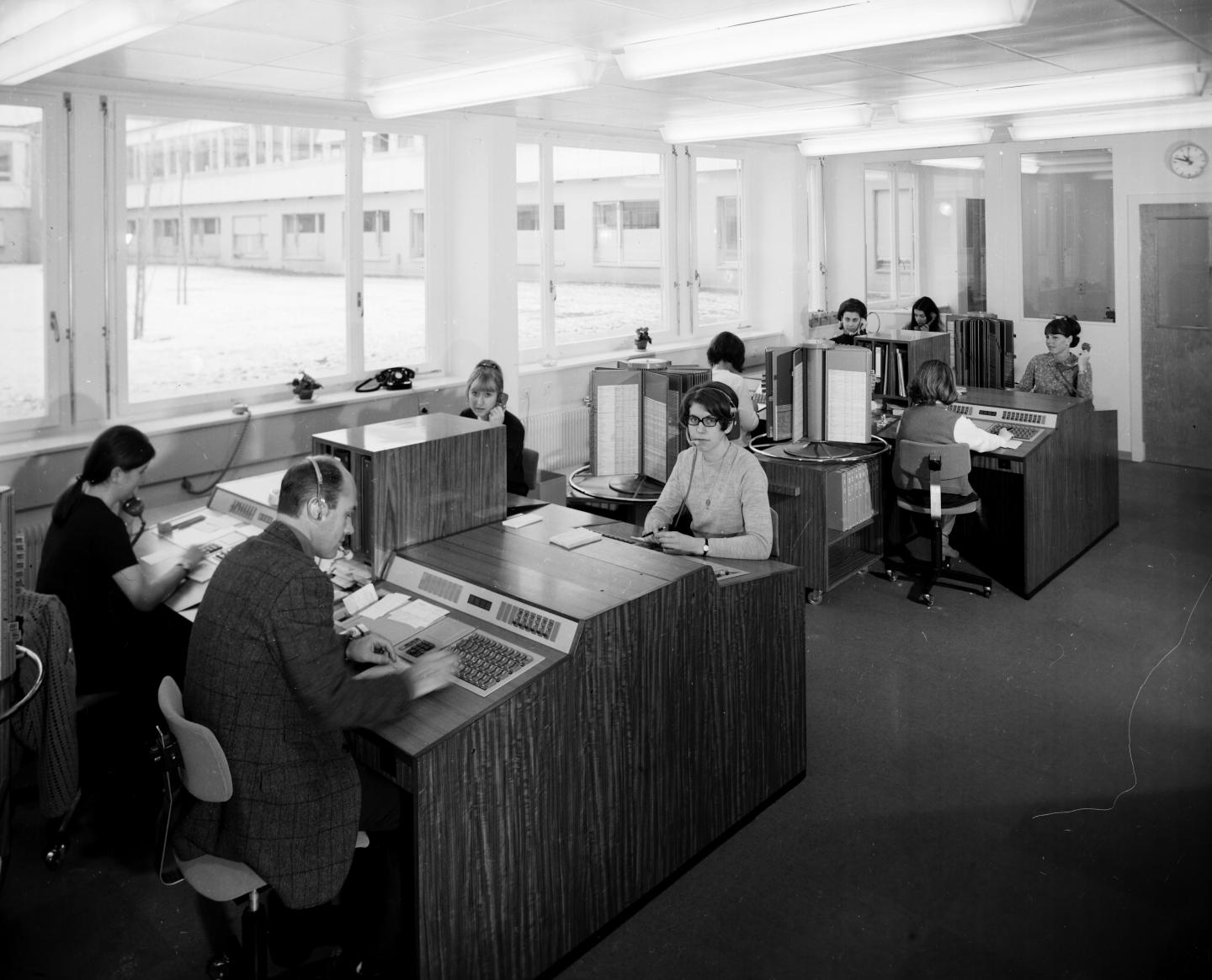
|
August 1968 - CERN’s new telephone exchange | Dialling zero for an outside line could get frustrating in 1965. With just 17 lines serving 1,000 CERN extensions, callers faced long waits – and if the overloaded battery failed no-one got through at all. Phone traffic had increased by 70% between 1963 and 1965, complaints were frequent and the exchange staff were feeling overloaded too. No more lines, extensions or operators’ desks could be added to existing exchange, so a new one was commissioned. Stop-gap measures until it was ready in August 1968 included pleas for patience and strict rationing of the only 140 new internal phone numbers remaining at CERN. |
|
| This month 48 years ago… | 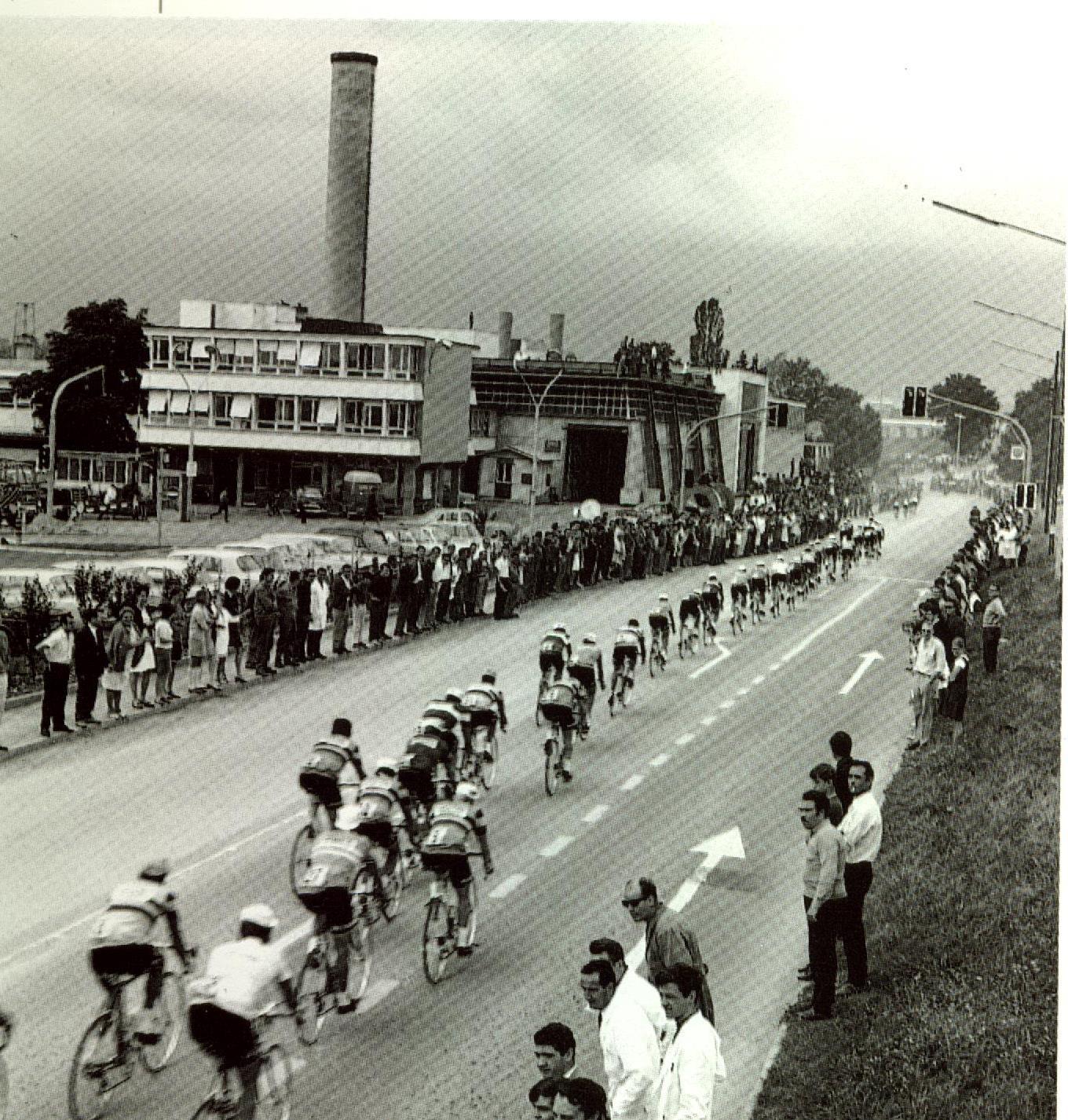
|
July 1968 – The 55th Tour de France comes to CERN | CERN’s internal magazine carried detailed instructions about closed roads, blocked entrances, and suggested detours. Staff were invited to respect the parking ban and to obey police instructions, but plenty of them took the opportunity to pile outside and watch as well. On 19 July 1968 the Tour de France came right past CERN’s main entrance! CERN staff joined fans lining the route to encourage riders on Stage 20, which took the riders 242.5 km from Sallanches to Besançon, over the Faucille pass in the nearby Jura mountains. This was the last year that the Tour ran on a national team format; stage 20 was won by Jozef Huysmans (Belgium A), who finished 32nd overall when the race ended two days later. |
|
| This month 59 years ago… | 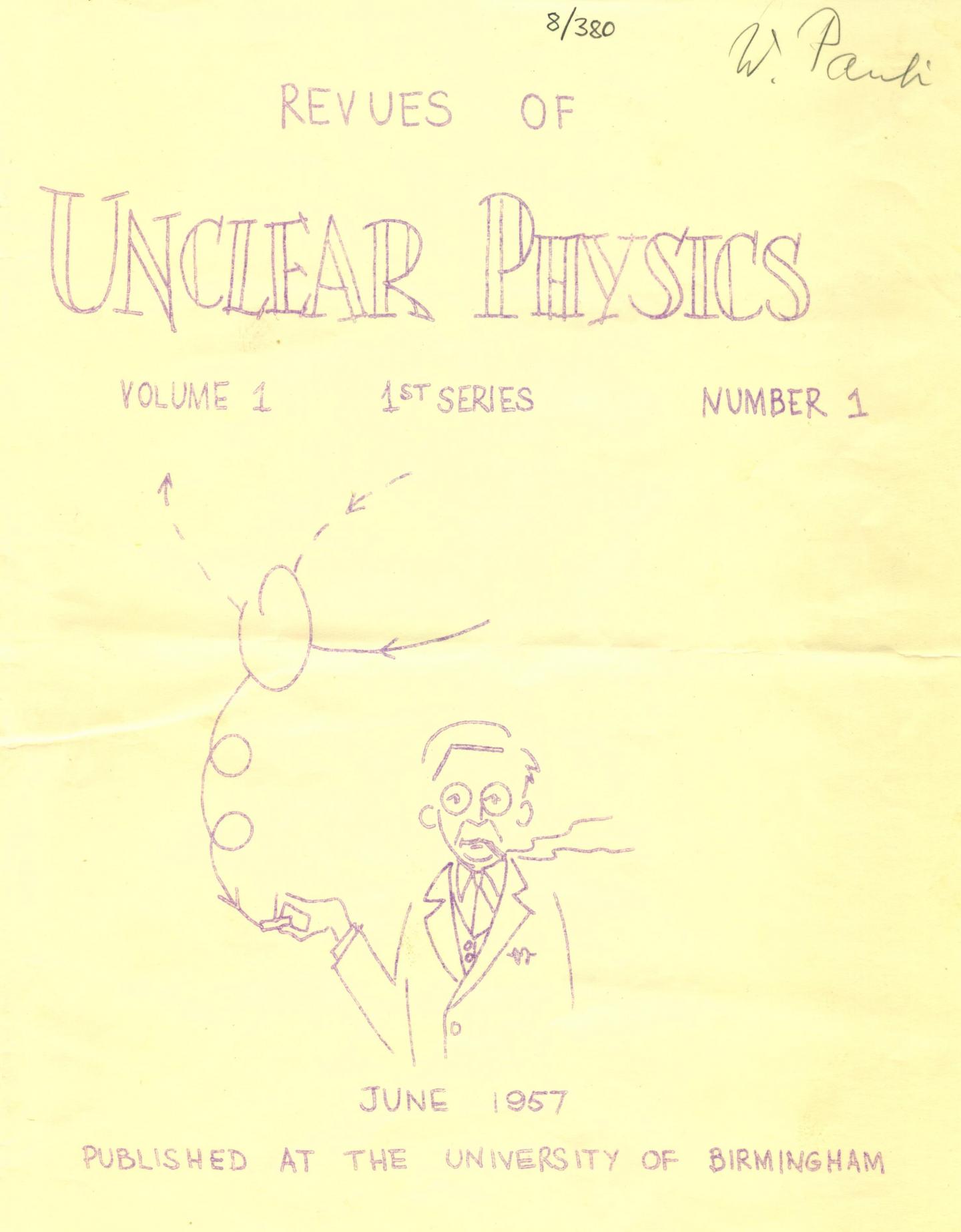
|
June 1957 - The P.A.U.L.I. and its uses | In June 1957, V. F. Weisskopf proudly announced acquisition of an instrument with unique possibilities - an intricate mechanism for testing complicated physics theories and producing new ideas. But it required careful handling! Inexperienced operators testing a theory would often see no reaction at first, or just hear faint noises reminiscent of German expressions such as “Ganz dumm” and “Sind sie noch immer da?” It was rather bulky, almost spherical in shape, and very much dependent on the correct fuel supply. Weisskopf said that, for reasons not yet fully understood, nobody had been able to make the machine work before noon. In fact, Wolfgang Pauli had been acquired as a professor at the ETH Zürich in 1928, but a footnote explained that the paper had been classified since 1932, and partial publication was only now permitted since the U.S.S.R. had succeeded in building a similar gadget with a radius 1.5 times larger than the original model. You can read the full report here (p.9) along with other fascinating articles in the spoof Revues of Unclear Physics, published at the University of Birmingham to celebrate the 50th birthday of R. E. Peierls. |
|
| This month 53 years ago… | 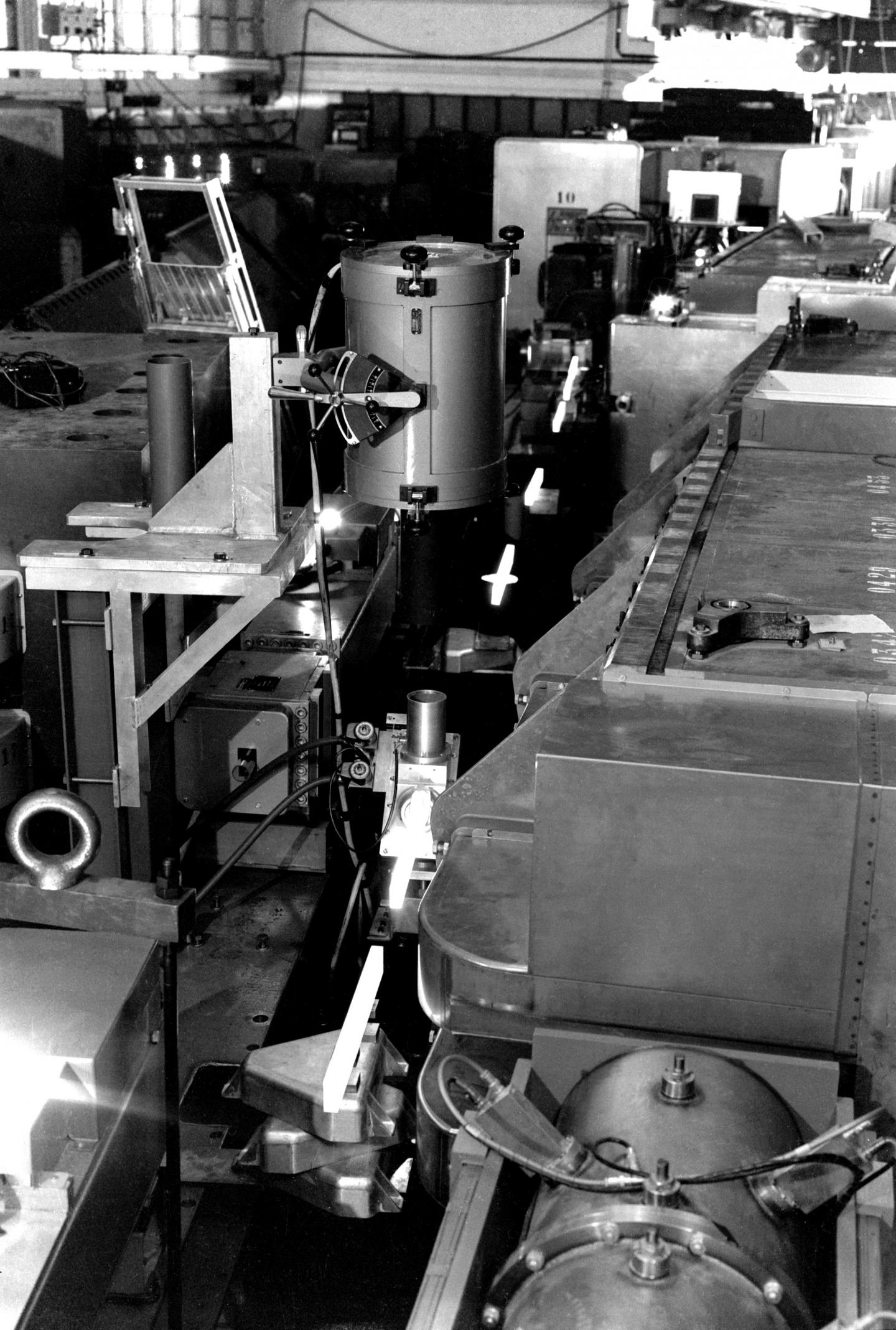
|
May 1963 – Fast ejection of protons from the PS | This remarkable photo, used on the cover of the May 1963 CERN Courier, captures the passage of protons extracted from CERN’s Proton Synchrotron (PS). Initially, the PS had operated with internal targets, but when a beam of higher intensity was needed the fast ejection system was developed to eject the beam towards external targets. During the afternoon of Sunday 12 May 1963 the PS became the source of the world's first beam of 25 GeV protons to travel freely in air. This photo was taken the following day by members of CERN’s Public Information Office. They placed blocks of plastic scintillator along the path of the beam and set up a camera to record the effect. As expected, the scintillators glowed brightly as the beam passed through them. You can read more in the May and June 1963 editions of the CERN Courier, and there are more photos here. |
|
| This month 62 years ago… | 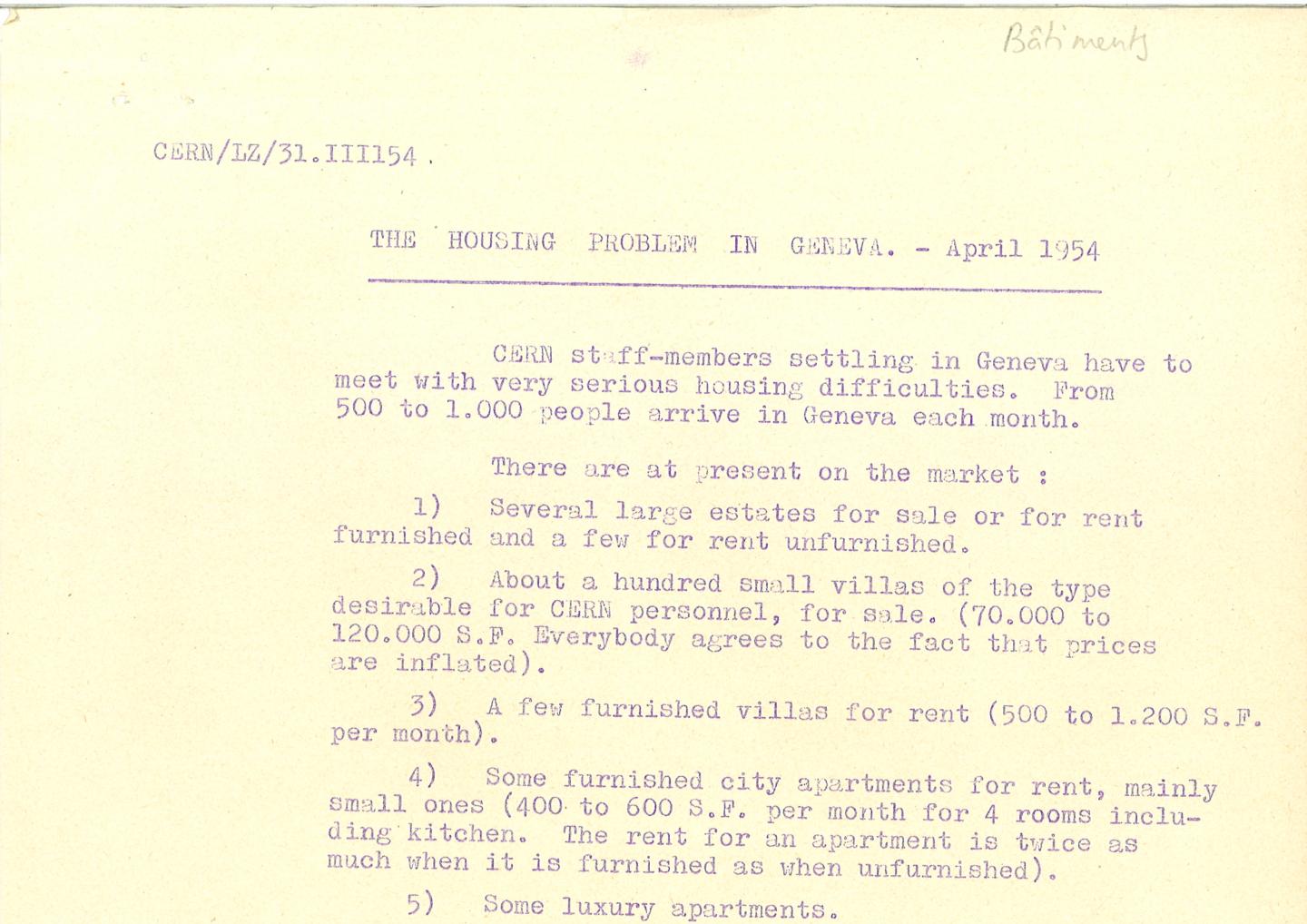
|
April 1954 – The housing problem in Geneva | “CERN staff members settling in Geneva have to meet with very serious housing difficulties”…“It might take them up to several months depending on seasonal factors”…“They may try to secure housing through repeated visits to the 47 Régies [agents] where they will meet with lack of interest: the demand is so high that the Régies always have many more customers that they can satisfy.” Most staff coming to CERN in the mid-1950s wanted to rent a flat, but about a hundred small villas were for sale in the region too, priced between 70,000 and 120,000 CHF (…“everybody agrees to the fact that prices are inflated”…) Sounds familiar? That’s not surprising – as a December 1953 report had already pointed out, “A recent inquiry has led to the conclusion that the housing situation in Geneva will not change next year and that the shortage will remain for 1-2 more years at least.” |
|
| This month 48 years ago… | 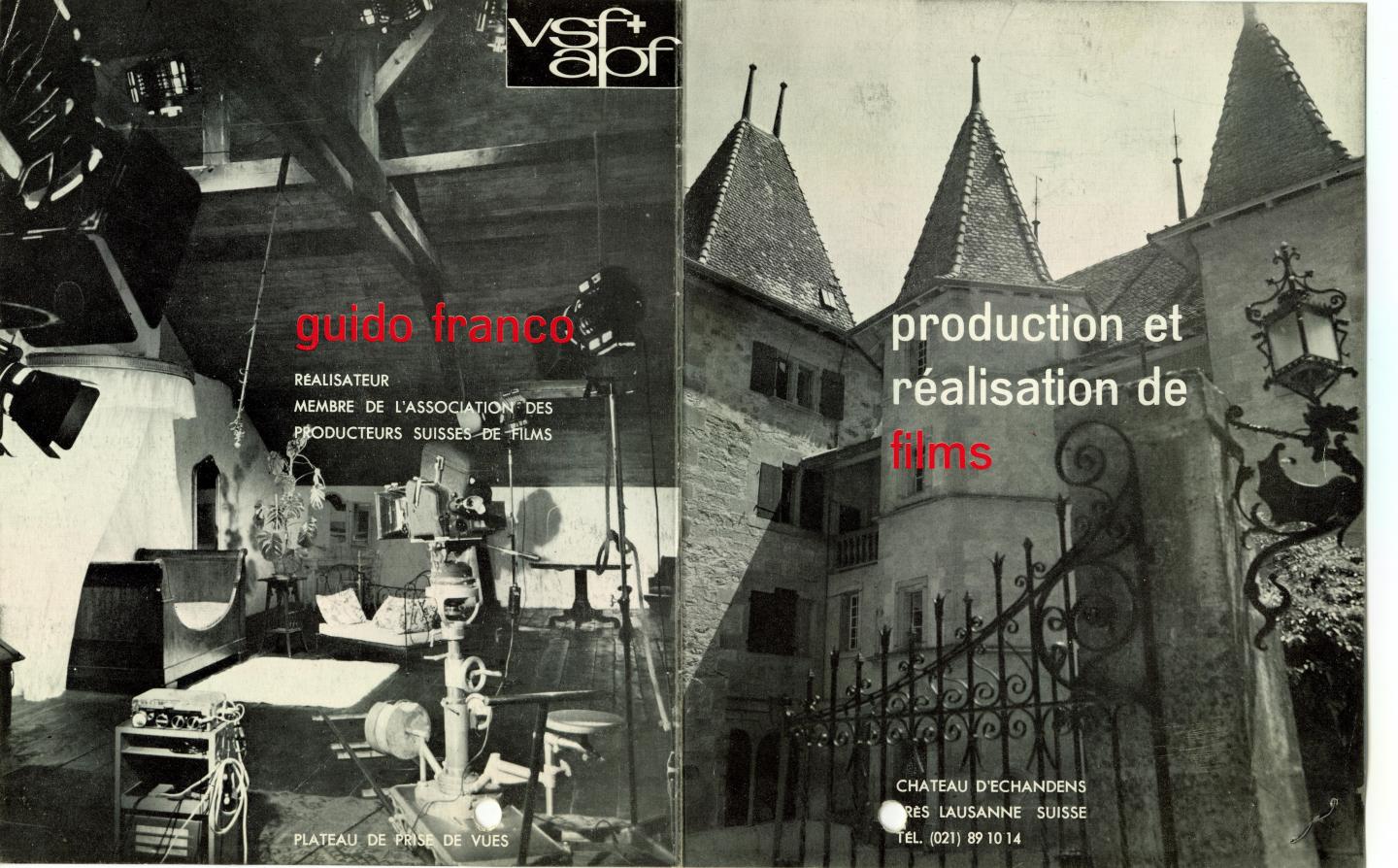
|
March 1968 – Muons are like drunken cowboys | In March 1968 staff were invited to watch the new documentary film about CERN. They probably enjoyed themselves, as Guido Franco’s aim was to inform the public through entertainment. He sought to engage an audience’s attention and make them want to learn, rather than forcing information on them. If that sounds uncontentious, you might be surprised at the strength of feeling the film aroused. Despite considerable editing at the end of 1967 to meet criticisms of the first version, opinion still varied widely. Some were enthusiastic, feeling it captured the spirit and excitement of particle physics research; others found it frivolous, mocking scientists and portraying them as playboys having a wonderful time at the taxpayers’ expense. Even the fiercest critics thought it reflected great credit on Franco as a film-maker, however, they just feared it could do untold damage to the reputation of CERN. |
|
| This month 56 years ago… | 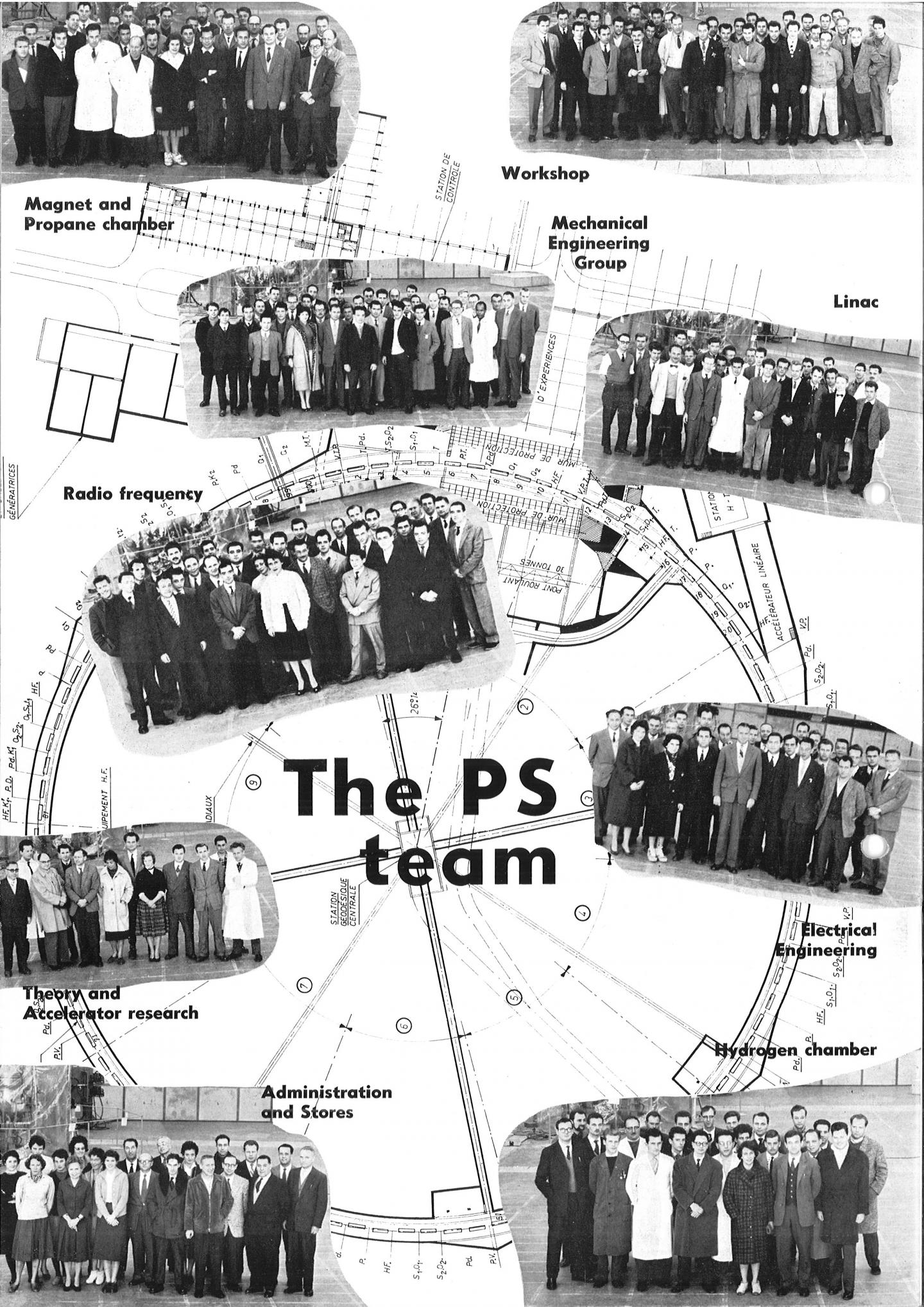
|
5 Feb 1960 – Inauguration of the Proton Synchrotron | The PS came into operation on 24 November 1959, breaking existing records as the world’s biggest and most powerful particle accelerator. The official ceremony a few months later (you can watch part of it in this 1960 documentary) was a celebration of the technical achievement but also of successful European co-operation that paved the way for progress in the aftermath of World War II. A special issue of the CERN Courier gave more information about the new machine. A press conference and visit were followed by lunch, then the official inauguration by Niels Bohr, speeches and a reception. The guest list included several hundred eminent scientific and political figures. The back cover of the commemorative brochure also featured VIPs - the men and women who made up the PS team. |
|
| This month 55 years ago… | 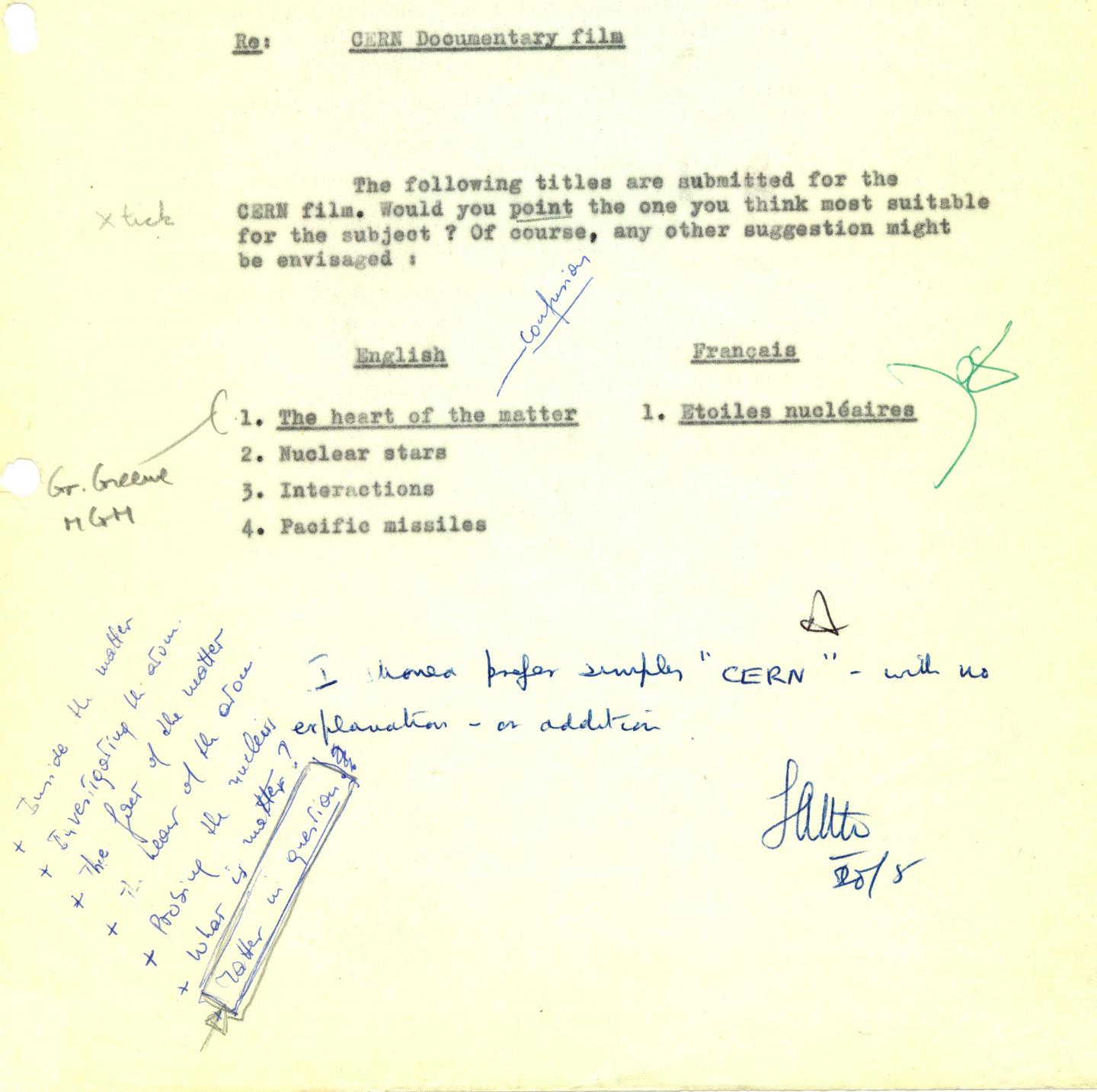
|
January 1961– Matter in question | If you’re not ready to start the New Year yet, how about a trip back in time instead? In January 1961 staff were invited to watch CERN’s first documentary film. CERN was of growing interest to journalists, including those in ‘the field of television and moving pictures, news and featurial films’, and by the end of 1958 the organization decided it was time to make a film of its own. The contract was awarded to Georges Pessis in May, and filming soon began. A team of CERN advisors carefully considered all aspects of the work, including what it should be called. After some brainstorming they settled on Matter in Question for the English version. The first private viewing took place on 12 July 1960; the head of the Public Information Service told Pessis that the photography had been very favourably received, and no one had been too critical of the music – possibly jazz wasn’t to everyone’s taste. |
|
| This month 53 years ago… | 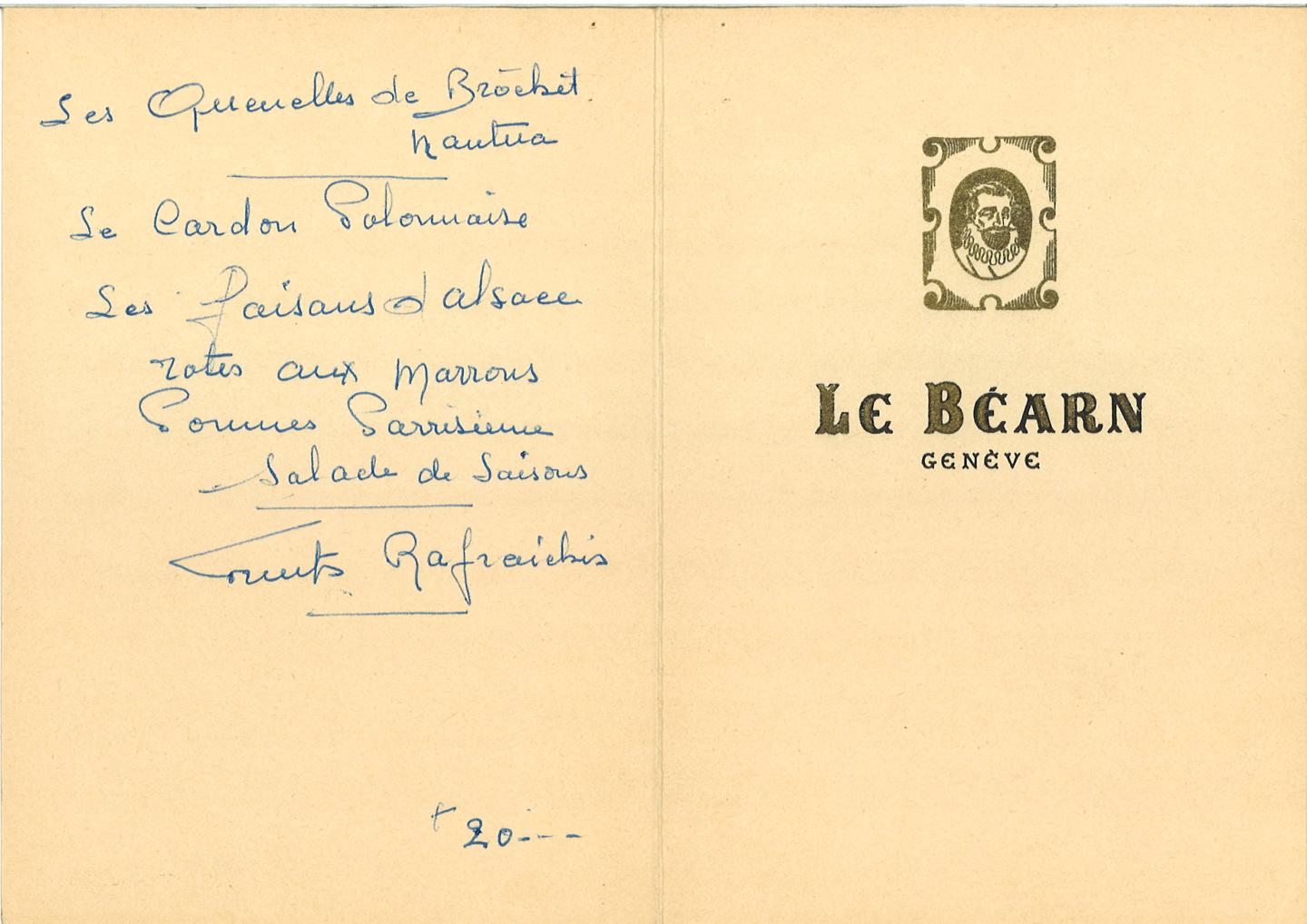
|
20 December 1962 – Summoning the Founding Fathers | By 1962, with CERN’s long-term accelerator construction plans still not fixed, some member states were growing impatient to pursue their own projects. A meeting was called for January 1963, where Europe’s top high-energy physicists would thresh out the whole question of coordinating national initiatives with those carried out at CERN. Reaching agreement between so many countries was never going to be easy, so Director-General Weisskopf suggested a pre-meeting of even more important people – CERN’s “Founding Fathers”. He felt an “informal exchange of view among people who are beyond the pure scientific level” - people committed to CERN’s aims and with experience in governmental matters – would help find “the best way in which to prepare a sympathetic response for the various European countries”. Discussions began over dinner at Le Béarn in Geneva on 19 December, and continued the next day. You can read the minutes of the meeting here. The top physicists duly met January, and became the European Committee for Future Accelerators. |
